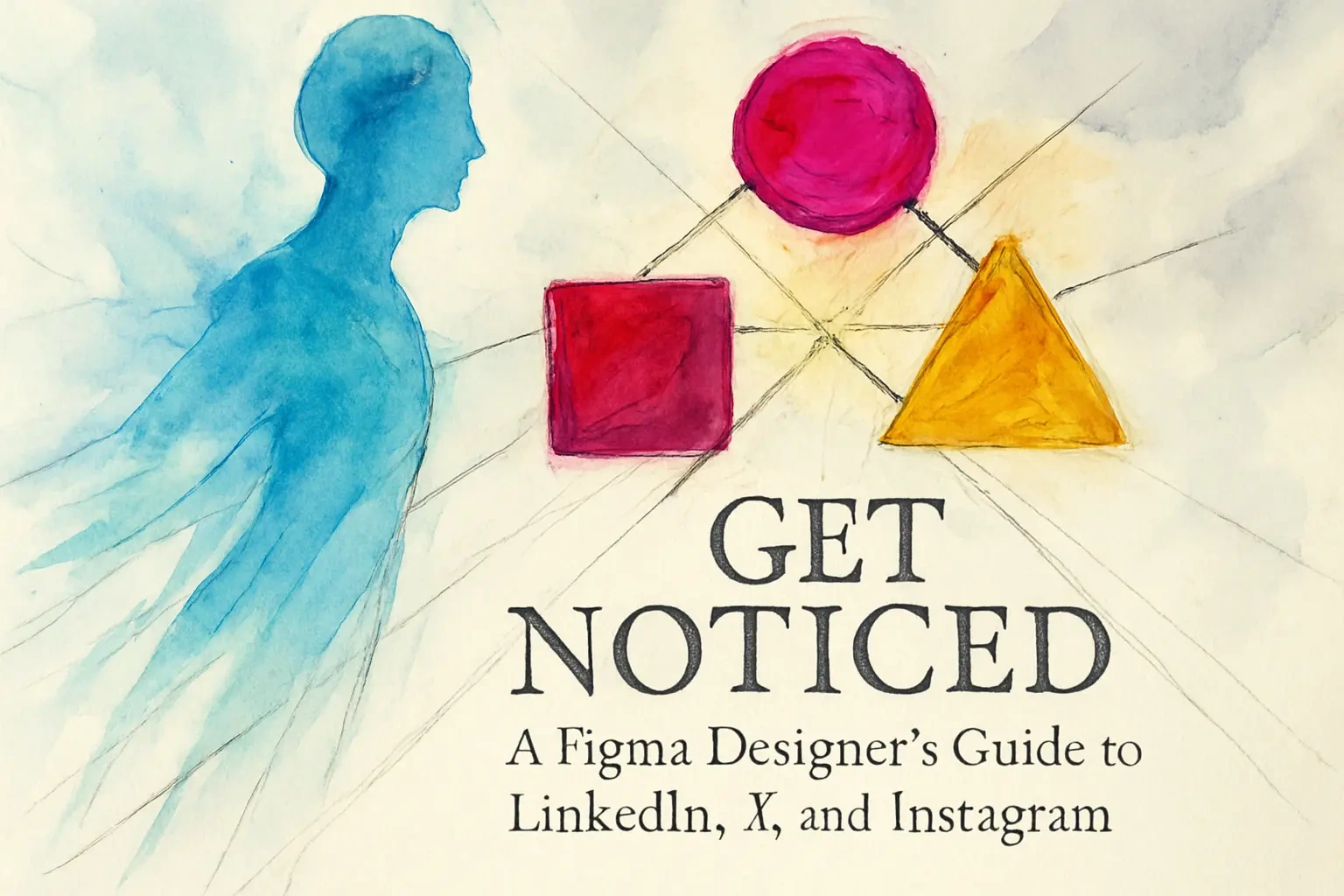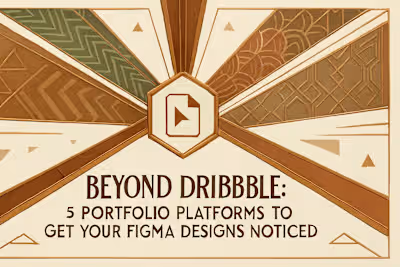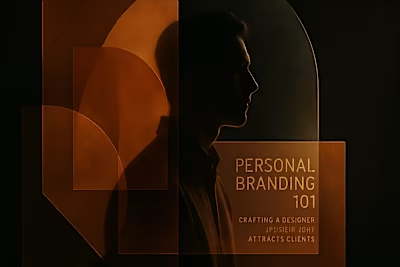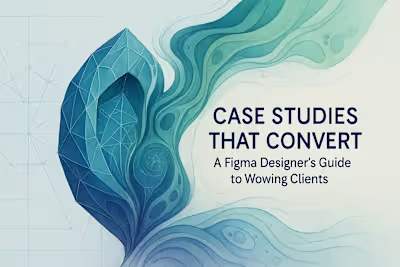Get Noticed: A Figma Designer's Guide to LinkedIn, X, and Instagram

Get Noticed: A Figma Designer's Guide to LinkedIn, X, and Instagram
Creating a Cohesive Social Media Strategy
Defining Your Goals and Target Audience
Choosing the Right Platforms for You
Developing a Content Calendar
Mastering LinkedIn for Professional Growth
Optimizing Your Profile for Discovery
Engaging and Building Your Network
Sharing Content That Establishes Authority
Using X (Twitter) for Real-Time Community Engagement
Building Connections with Designers and Founders
Sharing Your Work and Process
Using Lists to Curate Your Feed
Building a Visual Showcase on Instagram
Curating Your Feed with a Consistent Aesthetic
Using Carousels to Tell a Story
Leveraging Reels for Engagement
Content Strategy: What to Post to Attract Clients
Show, Don't Just Tell: Visual Content
Educational Content: Share What You Know
Behind-the-Scenes and Personal Content
References
Get Noticed: A Figma Designer's Guide to LinkedIn, X, and Instagram
Creating a Cohesive Social Media Strategy
Defining Your Goals and Target Audience
Choosing the Right Platforms for You
Developing a Content Calendar
Mastering LinkedIn for Professional Growth
Optimizing Your Profile for Discovery
Engaging and Building Your Network
Sharing Content That Establishes Authority
Using X (Twitter) for Real-Time Community Engagement
Building Connections with Designers and Founders
Sharing Your Work and Process
Using Lists to Curate Your Feed
Building a Visual Showcase on Instagram
Curating Your Feed with a Consistent Aesthetic
Using Carousels to Tell a Story
Leveraging Reels for Engagement
Content Strategy: What to Post to Attract Clients
Show, Don't Just Tell: Visual Content
Educational Content: Share What You Know
Behind-the-Scenes and Personal Content
References
Posted Jul 6, 2025
Stop waiting for clients to find you. Learn how to strategically use LinkedIn, X (Twitter), and Instagram to showcase your Figma skills and land your next project.











